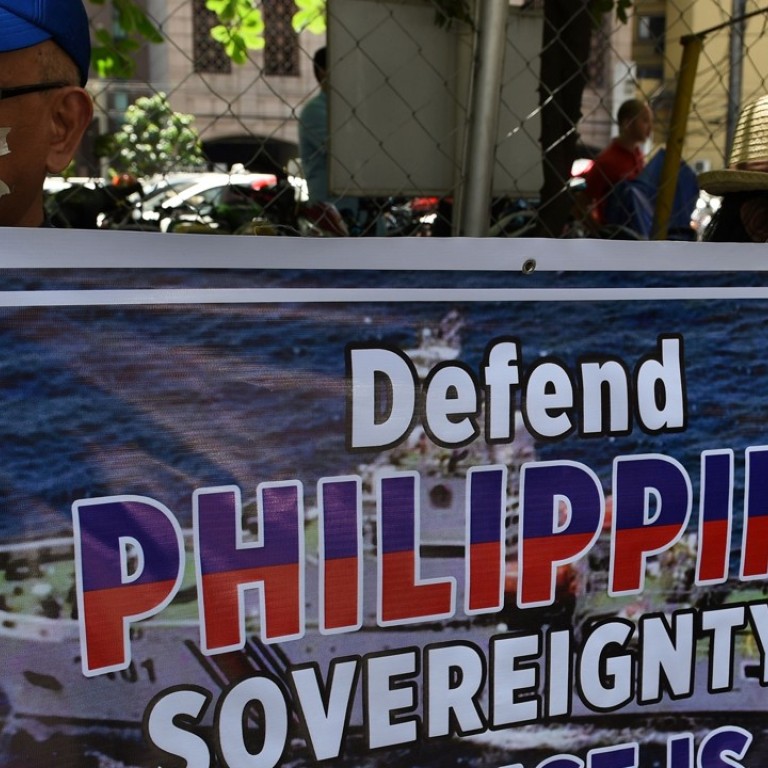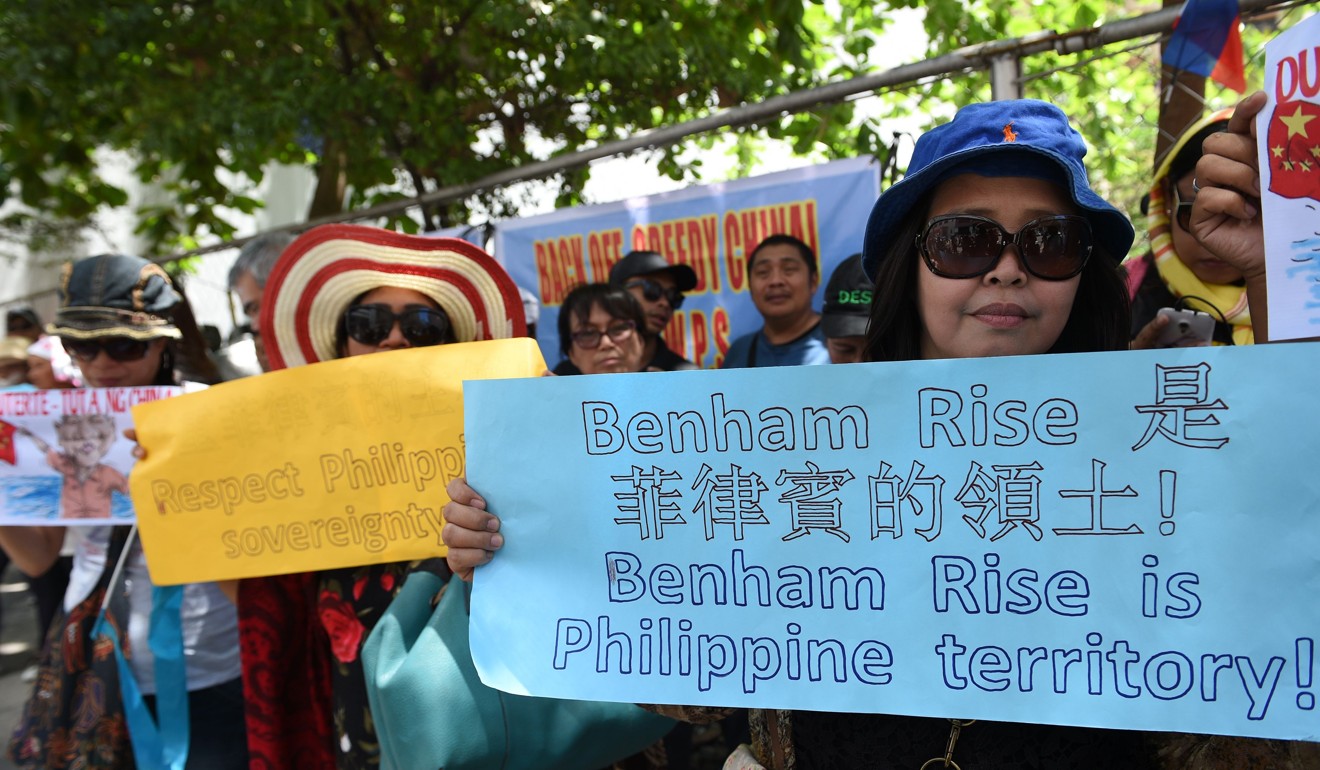
Philippines’ approval of Chinese research vessel in strategic Benham Rise waters triggers national security concerns
Ships have in the past gone into the area without approval from Manila, triggering warnings from the Southeast Asian country’s defence chief
A Chinese ship that arrived in the Philippines this week ahead of an approved mission to a strategically crucial undersea region sparked concerns over the Southeast Asian country’s powers of jurisdiction, and its national security.
The vessel called Ke Xue docked in the remote town of Santa Ana, Cagayan province, over the weekend to pick up a Philippine researcher who would accompany the ship to Benham Rise – a 13 million hectare undersea plateau 250km off the coast of Luzon and now known as the Philippine Rise.
Philippine lawmakers have called for a congressional probe into the research being conducted, with one national security adviser suggesting it had a dual purpose and potential military applications.
The Benham Rise was recognised in 2012 by the United Nations Convention on the Law of the Sea (UNCLOS) as part of the Philippine continental shelf, within its exclusive economic zone.
Professor Jay Batongbacal, from the University of the Philippines’ Institute of Maritime Affairs and Law of the Sea – who helped mount the successful UNCLOS claim – said Chinese vessels entering the region was “a matter of concern” because they had been doing so “without permission, without Filipino participation”.
“Under UNCLOS, the Philippines has the exclusive jurisdiction to regulate scientific research over its exclusive economic zone,” he said.
While the Ke Xue had gained formal permission from President Rodrigo Duterte’s office to measure “the temperature, salinity and current distributions” of the waters for China’s Institute of Oceanology, Chinese Academy of Sciences, it was the first Chinese ship to ever do so.

Unapproved sailings by Chinese ships in the undersea region triggered a stern warning from the Philippines’ Defence Secretary Delfin Lorenzana in March last year. He said he thought the vessels could be surveying for submarine routes, and that he had given orders to shoo them away.
Presidential spokesman Harry Roque defended the decision to approve Ke Xue’s mission, saying “only China has qualified [to do research there] so far … because, apparently, it’s capital intensive”.
He added that China had also agreed to have a Philippine researcher on board during the trip, a detail confirmed by the Marine Science Institute on Tuesday.
But Batongbacal challenged the government’s decision, saying Philippine scientists funded by the Philippine government had already successfully studied the area. He also suggested allowing the Chinese ships into the region posed a serious national security risk – concerns also raised by Roilo Golez, a former national security adviser, lawmaker and naval officer.
Golez said giving China an opening to Benham Rise was alarming because their research “has a dual purpose and any data they get is convertible to military use”.
He said the Benham Rise area could give China an alternate route for its submarines out of the first and second island chains. The current route – the Bashi Channel – passes between Taiwan and Luzon, and is narrow, he said.
According to the former lawmaker, studying water temperatures in the region would allow China to determine the thermocline structure – a layer between warm surface water and deep cold water – of Benham Rise.
“The thermocline is where the temperature goes down very abruptly from 25 degrees Celsius to almost zero Celsius,” he said.
“It’s very useful for submarine warfare. Just below the thermocline a sub can hide because the pulses of the sonar will not penetrate the thermocline.
“If I’m right, their data gathering would give them knowledge of Benham Rise as a possible area of conflict in the future,” he warned.

